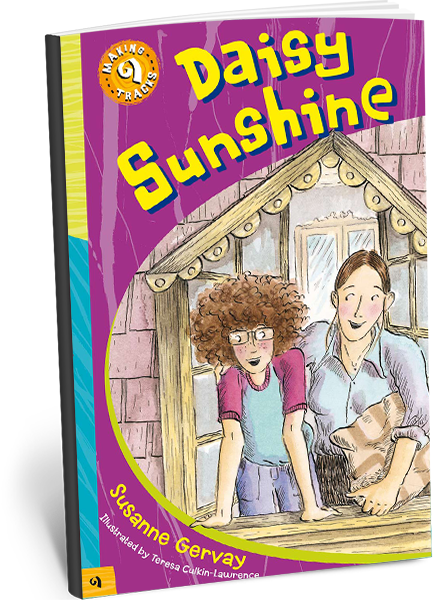Synopsis
When Daisy’s dad loses his job and leaves home, Daisy and her mum end up at the Grand Private Hotel. The hotel is run by Mr and Mrs Papadopolous and their daughter Nina, who is 11, just like Daisy. The Papadopolous family take the pair in; Daisy is soon fascinated by the hotel and its guests. One in particular excites and inspires Daisy: Rainbow Rose, a young, free-spirited and determined woman. Daisy and Rose soon form a friendship that will help to change Daisy’s life.
As Daisy’s mum takes up cleaning work at the hotel and seamstress jobs to supplement her meagre income, Daisy is drawn into the heady atmosphere of the 1975 International Women’s Year. Through Rainbow Rose, Daisy learns of the groundswell among women across the world campaigning for equality at home and in the workplace.
The energy and excitement of the women’s liberation movement sweeps Daisy up; she is soon keen to participate in the march planned for Saturday 8 March. Meeting resistance from her mum, Daisy becomes frustrated. She clashes with her mum; however, the clash is soon over and actually serves to bring them closer together. Daisy is eventually given permission to join the march. Mr and Mrs Papadopolous allow Nina to join in and guests at the hotel, like Vietnam War veteran the Colonel and roly-poly Old Dot, are soon helping with preparations.
Being a part of the march helps Daisy see a world of possibilities instead of limitations:
– 1975 is turning out to be much better for Daisy, her mum, Rainbow Rose and many women across the world.




